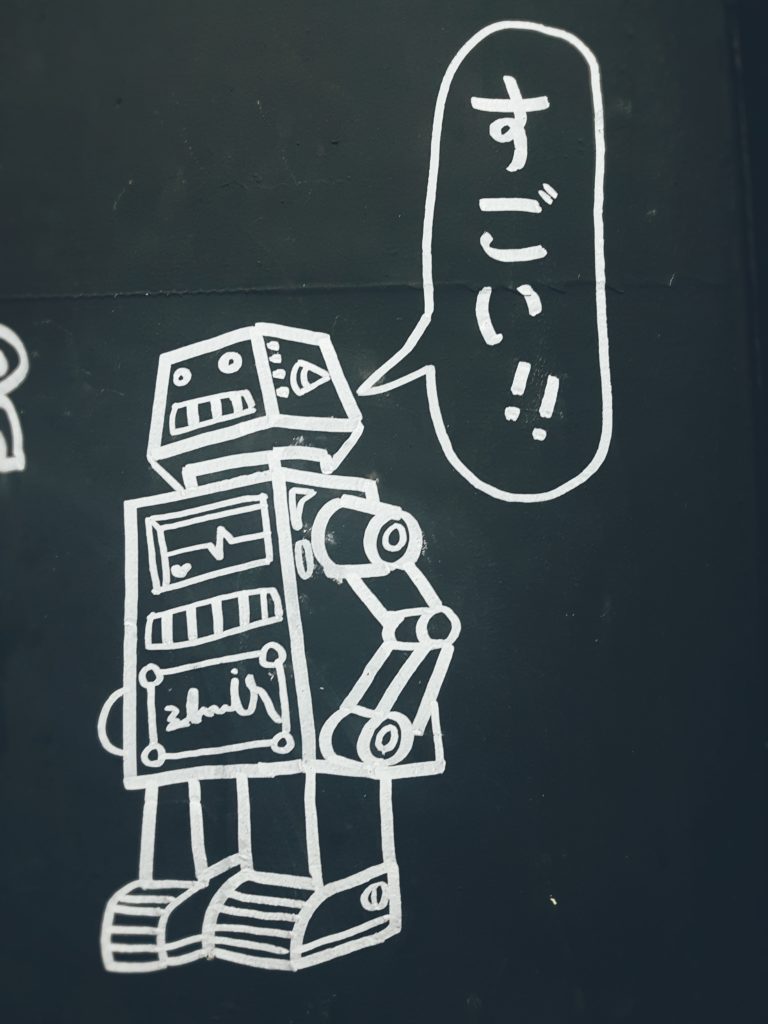One of the biggest questions we are asked when working in culture transformation is how do we spread the word across the organization? How do we align all the cells of the organization towards this common goal and embrace change? Creating a common language throughout the organization accelerates culture change.
Shaping a leader’s behaviors is key to culture change. They are the inspirational figure of success within the organization. People look at them and copycat their behaviors, as they represent what is expected, the way we “should behave,” not only to be part of the organization, but to be successful. Any culture transformation will start with helping leaders walk the talk. This is critical to committing to change and creating confidence that it is real and that we are taking it seriously.
“What you do speaks so loudly that I cannot hear what you say.” Ralph Waldo Emerson
 “Talk” is important. What is communicated about the transformation journey, when aligned with a leader’s behavior, systems, and symbols across the organization, helps accelerate change and enables people to feel part of the journey. The way we tell the story of transformation to ourselves and others can have an inspirational power when connected to a purpose and values.
“Talk” is important. What is communicated about the transformation journey, when aligned with a leader’s behavior, systems, and symbols across the organization, helps accelerate change and enables people to feel part of the journey. The way we tell the story of transformation to ourselves and others can have an inspirational power when connected to a purpose and values.
Language shapes reality. The way we talk, the distinction and words we choose, reflects what it is important to us, what we believe, and what we value and the possibilities we seek to create. However very often, we see organizations that invest a lot of effort to talk about their desired culture, but generate very little impact on people.
So, how can we successfully create a common language across the organization to accelerate culture change?
- Connect culture (HOW) to your purpose (WHY) and vision (WHAT): Establish a clear link between your purpose, leadership behavior, culture, and organizational performance. This will give meaning and a clear intention to everything you do. It will help you build a clear picture of the type of culture you need to achieve your strategy and fulfill your purpose.
- Define your desired culture values, attitudes, and behaviors and re-signify “words” when needed: Do not assume everybody holds a common understanding of the same words. For each distinctive behavior, include statements clarifying what IT IS and what IS NOT. Define which behaviors you wish to see/avoid in the organization to deliver sustainable results.The use of diagnostics tools for culture and leadership such as the ones we use at Axialet, the OCI® (Organizational Culture Inventory®) and OEI® (Organizational Effectiveness Inventory®) in combination with the LSI® (Life Styles Inventory®) are integrated tools. We use them to measure organizational cultural norms and leaders’ behaviors. They help create a common language around the desired cultural norms and leadership styles. When using the OCI, OEI, and LSI, we usually hear organizations and leaders talking about their culture and leadership styles in terms of colors to refer to existing cultural norms/behaviors: passive(green) or aggressive (red) styles or constructive (blue).
- Let’s talk about it: Every conversation and interaction is an opportunity for leaders to talk about the desired culture and role model the desired behaviors.
- Everyone’s contribution matters: When creating a common language, include everybody. Educate people about the desired culture through engagement and communication events. Ask everyone to articulate what is special about the culture and how they contribute to it. Encourage participation and open dialogue.
- Offer clear examples and stories about “our culture in action”: Share stories about leaders exemplifying the new culture. Acknowledge the misses and advances in the learning journey. Changing culture means changing deeply engrained beliefs and it requires a huge amount of grit, resilience, and compassion.
Conclusion
When changing culture, creating a common language is a necessary phase for everyone to feel invited, understand its implications, and jump on board. If it happens too soon, before some critical steps are put in place, it may have an opposite, effect generating distrust, disengagement, confusion, and ineffective behaviors from people across the organization.
It reinforces culture change when a holistic culture change approach is put in place: vision and values have cascaded, leaders are walking the talk, mains systems (eg: performance & talent management) are aligned to new behaviors, and some symbolic changes have happened.
Watch the recording of this live webinar where two of Axialent’s culture transformation experts, Thierry de Beyssac and Anabel Dumlao, talked to Tim Kuppler, Director of Culture and Organization Development for Human Synergistics, about the importance of intentionally managing culture and leadership development in an integrated way.
This article is part of a series on integrating culture and leadership change in culture transformation work.
5 Reasons To Integrate OCI-OEI And LSI Diagnostic Tools In Culture Transformation
Culture Change: Culture and Leadership are Intimately Connected
Culture Change: For Culture to Change, Leaders Must Change
Culture Change: Measuring the gap makes the invisible, visible


